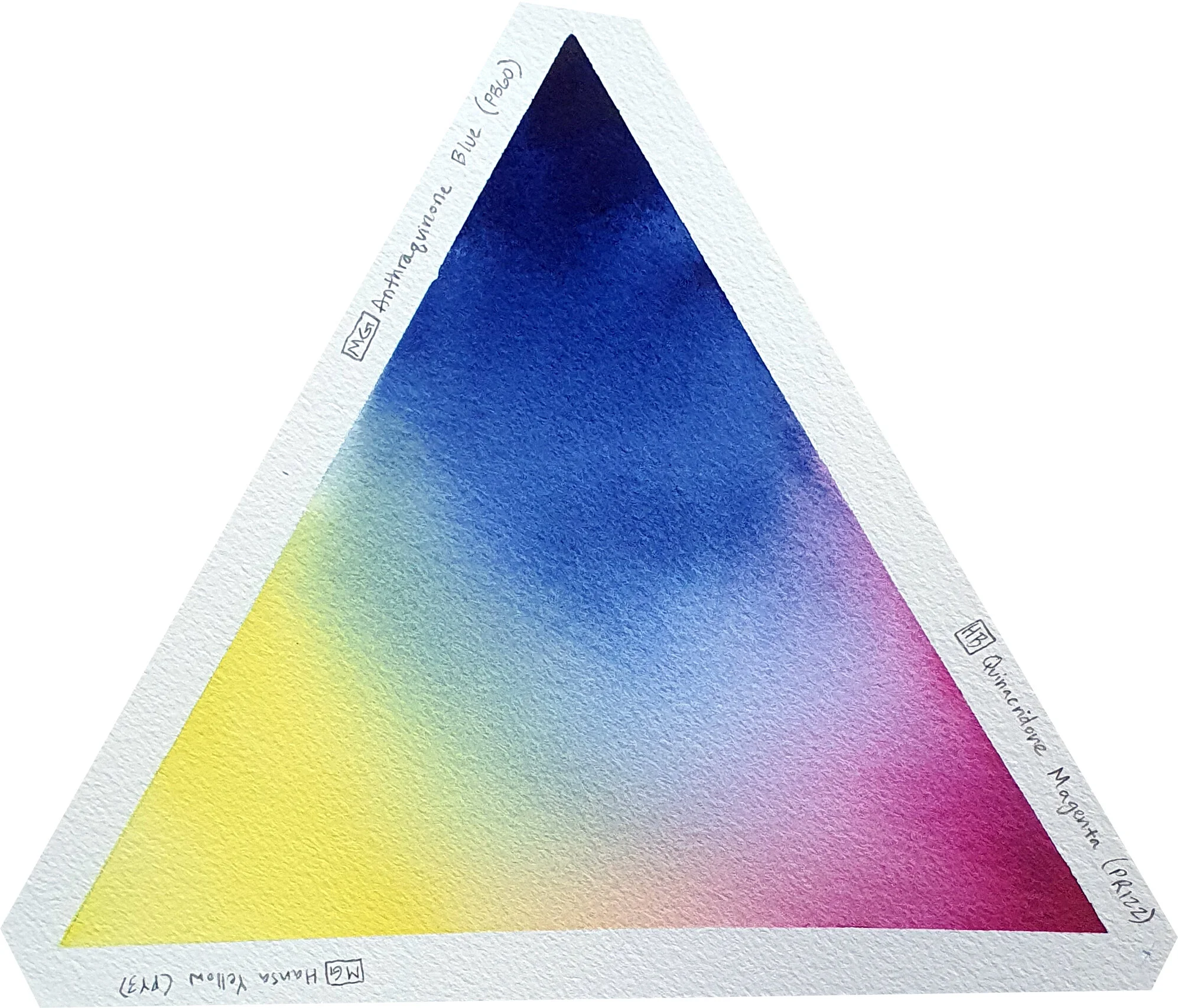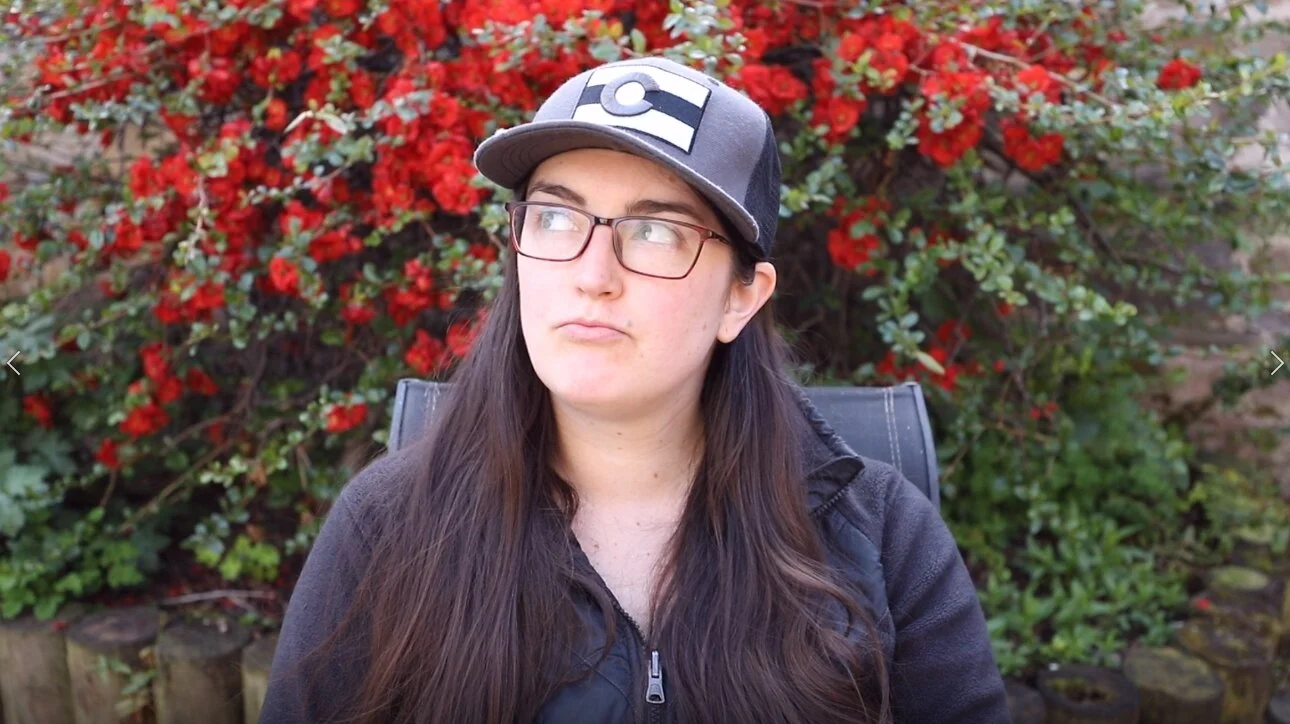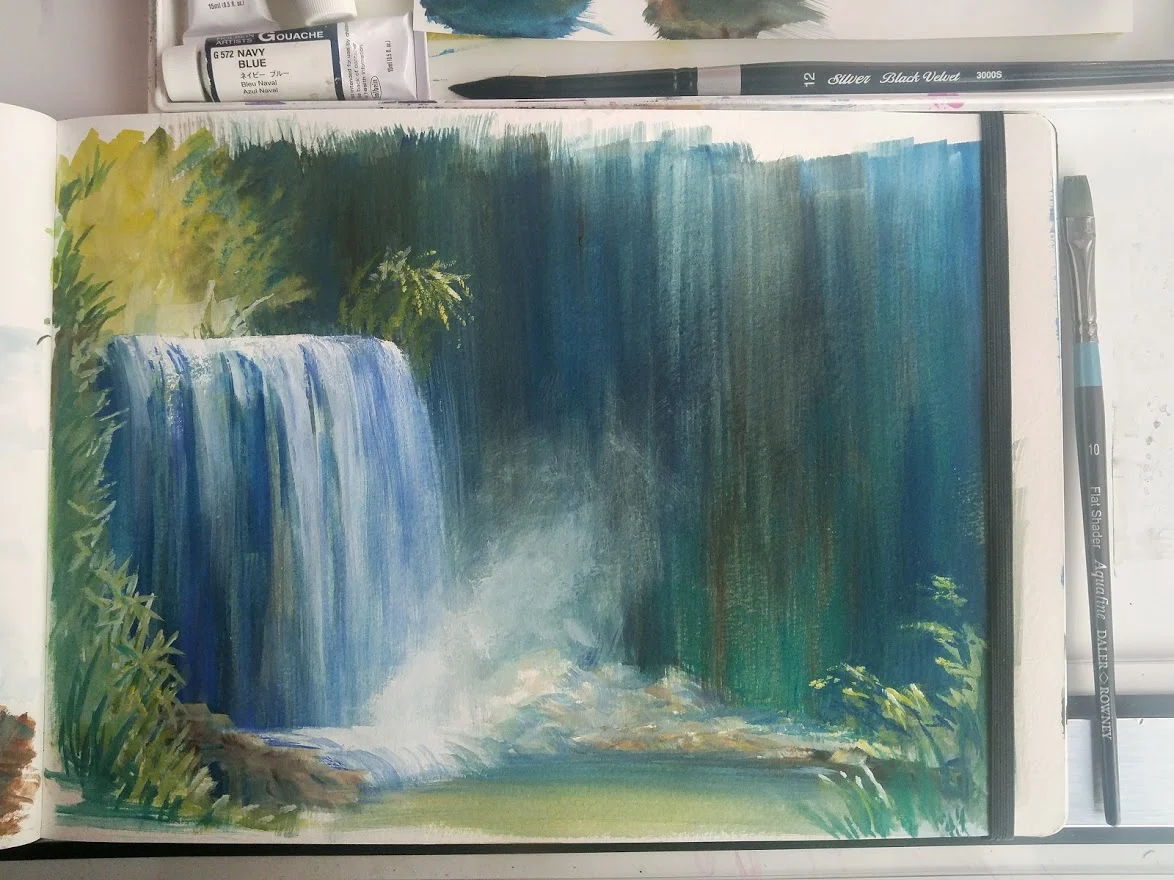Learn about my latest Skillshare class: A Beginner’s Guide to Drawing and Painting Water & Waves
Read MoreLearn about my newest class: A Beginner's Guide to Drawing and Painting Skies & Clouds
Read MoreLearn about my latest Skillshare class!
Read MoreMy reasons, process and results for selecting non-toxic watercolor paints.
Read MoreI spent how much making my own Arches Travel Sketchbook???
Read MoreCheck out my Skillshare class, get 2 months free and watch my tutorials!
Read MoreThere's no way around it - if you want to get better you have to put in the "mileage" - the time and effort it takes.
Read MoreDiscussing my first oil paintalong and finding joy in endless practice.
Read MoreTips, tricks, and ideas about how to use gouache.
Read More











